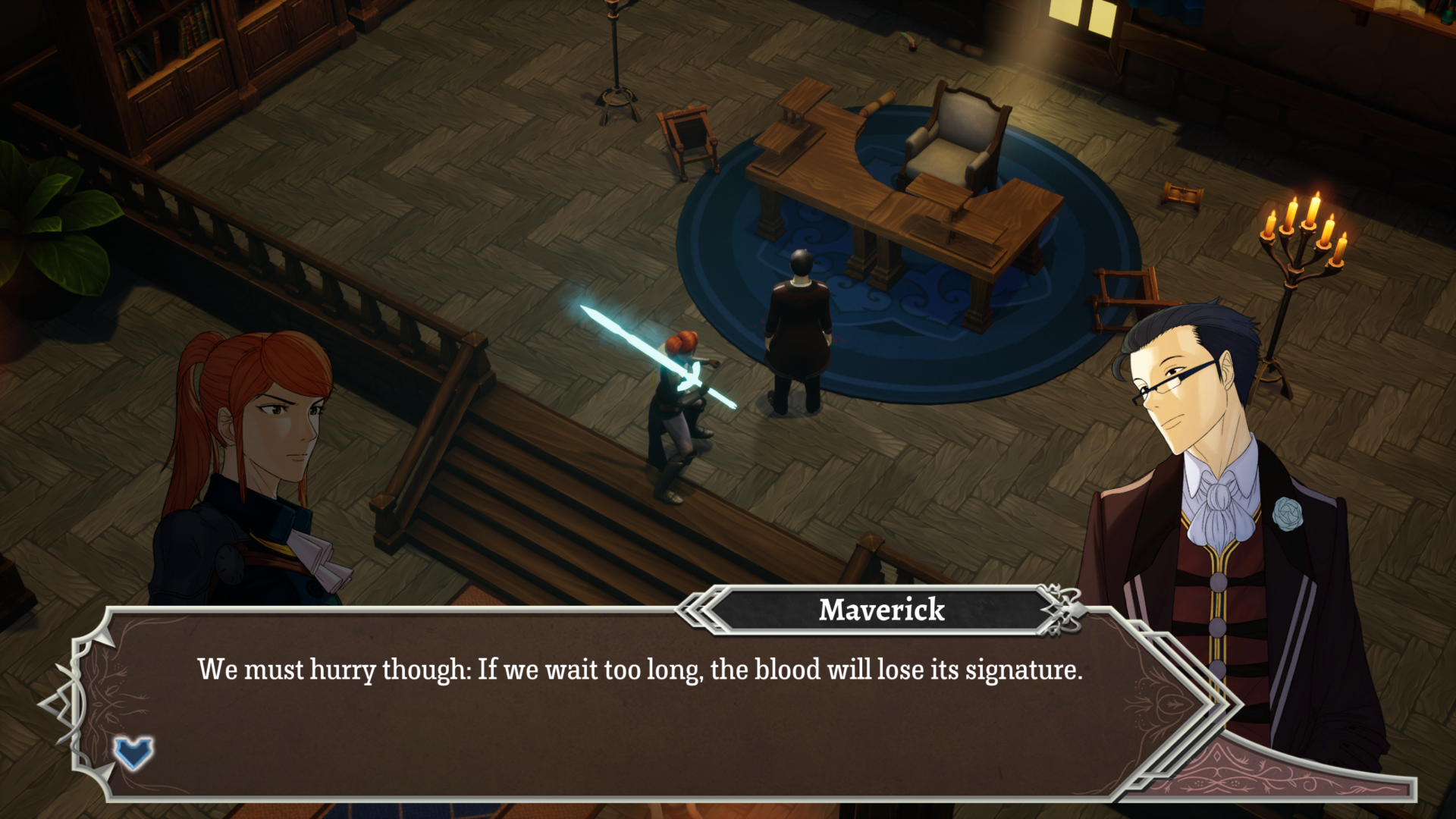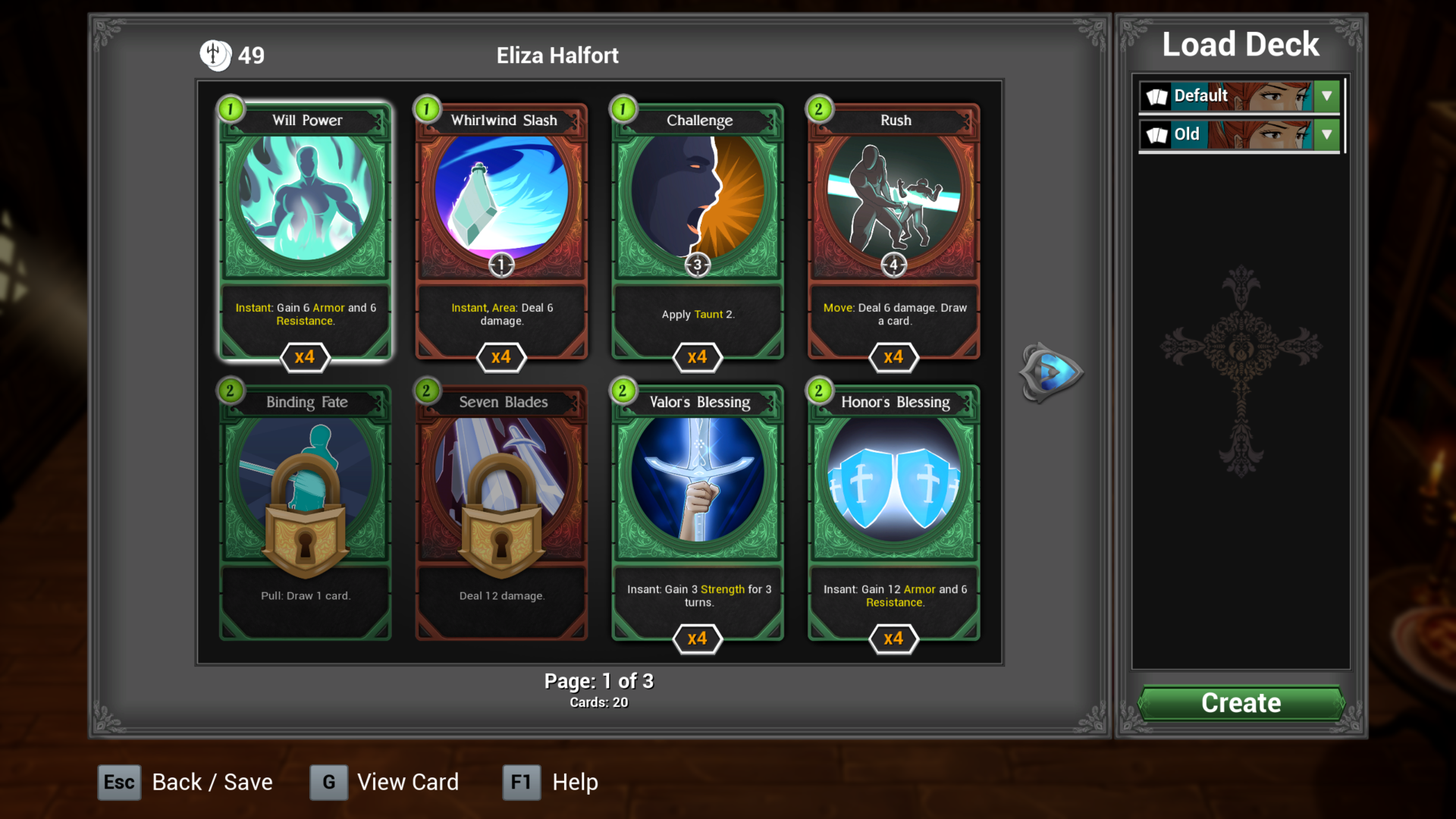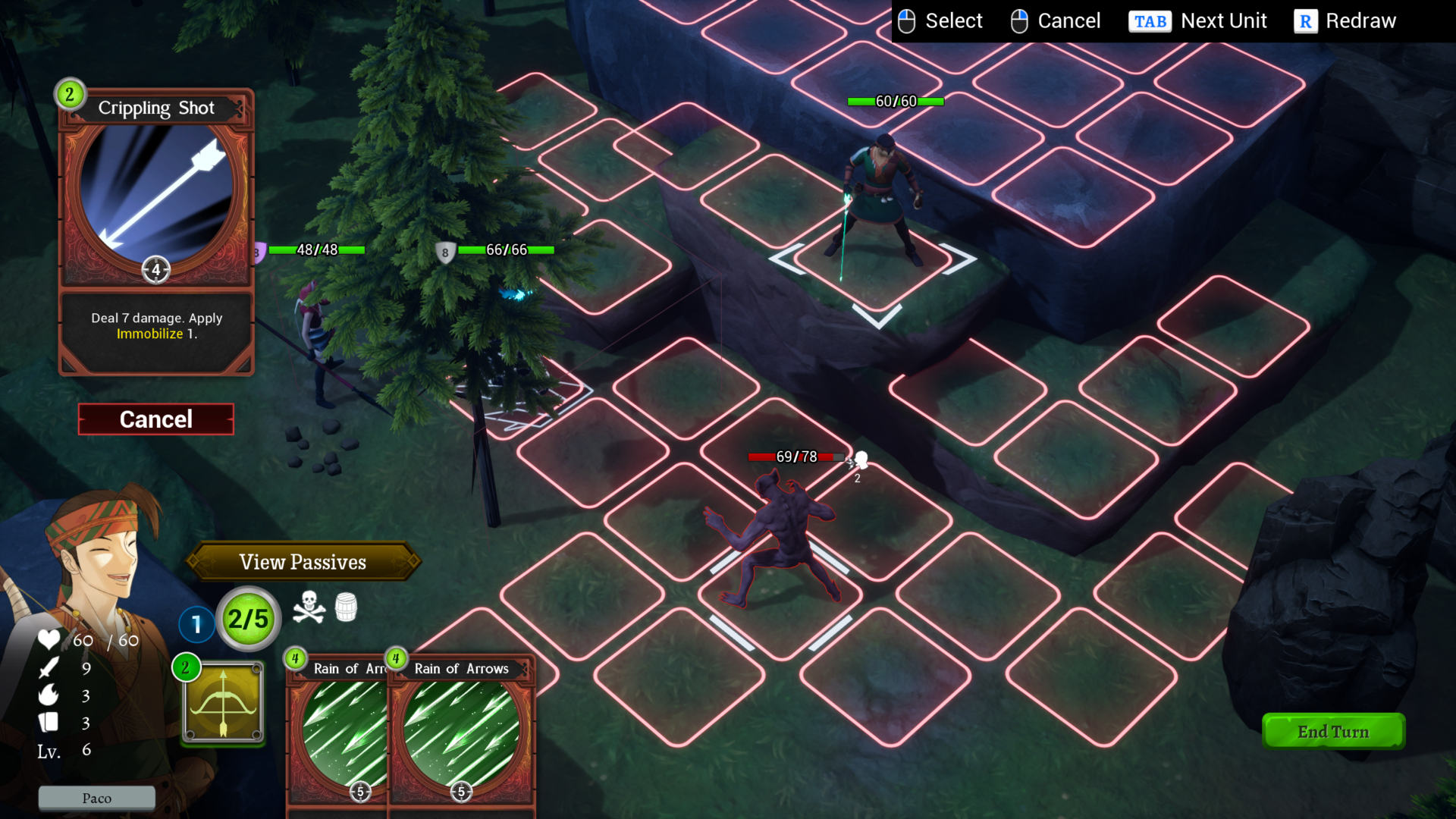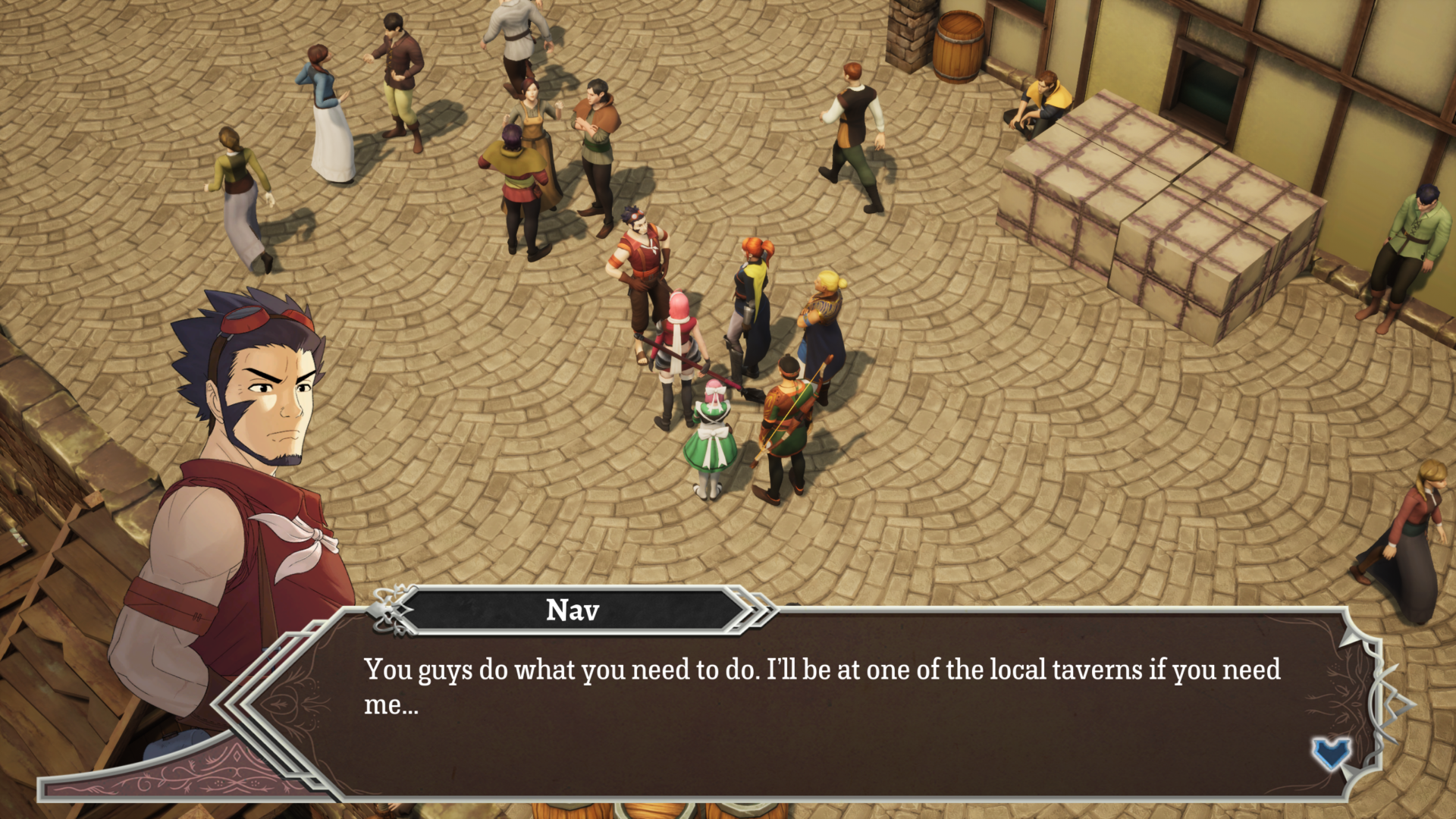The right or wrong way to mix two genres?
Type: Singleplayer
Genre: RPG, Strategy, Card game
Developer: Drix Studios
Publisher: Drix Studios
Release Date: 26 Mar, 2020


Overview
Grand Guilds is a tactical RPG with card-based combat set in the continent of Irin. The story follows the travels and adventures of the party commanded by Eliza, struggling to prevent a new war that would include the whole continent and the powerful guilds situated there. Tactical combat, deck building and an exciting story are the base of Grand Guilds. Interested? Let’s dive in!
Between story and combat
Grand Guilds has two main kinds of sections in its gameplay: dialogues and combat. The former happen in a cutscene fashion, with characters moving on the background and an anime-style art of the character who’s speaking. Another small note on dialogues is that they have partial voice acting, which means that sometimes at the start of a phrase the characters say a word or two, which is pretty common in JRPGs. The writing is neither excellent nor terrible, but if you’re not very interested you’ll find yourself quickly skipping lines in secondary missions.

Combat is the main focus of the game and it could be categorized as a tactical RPG with card-based combat. This mix of genres could turn up one’s nose, but works on the scope of Grand Guilds, though with some reservations: the two systems create a good mix of elements (Slay the Spire showed everyone how cards can be used in combat and Grand Guilds follows that path), but the result is also that both parts got simplified.
The deckbuilding side…
Deckbuilding in Grand Guild is somewhat limited: every character uses its own deck, but the card pool for each one of them is very limited, especially considering the fact the most cards are a repetition of others with some parameter changes. Sure, the game has a total of nine characters, so an excessive number of cards per party member would’ve resulted in too much work both in the card creation and in the balancing, but here there is little to no card interaction, unlike similar games with card-based combat, like Slay the Spire. Let’s take Eliza, the commander of the group, as an example: she covers the role of the tank and thus has many cards that help her build up armour and magic resistance. In her card pool, there are 3 variations of the same card: [Cost 1 – Give 6 armour and 6 resistance], [Cost 2 – Give 12 armour and 6 resistance], [Cost 4 – Give 17 armour and 8 resistance], which makes unlocking new cards way less exciting, since there are almost no new effects or fun combinations.

Speaking about effects, I found particularly strange the fact that keywords on cards don’t have any reminder text of what the keyword actually does: sure, burn, poison or bleed are pretty much self-explanatory, but swiftness? If you forget during combat, you’ll have to wait until the mission finishes and search it in the menus of the game. Not really handy, especially since the game doesn’t tell you what a new keyword does when you get a new character.
…and the tactical one
Combats are another disappointment from a tactical standpoint. There are many missing features that are usually considered basic ones in other similar, non card-based, games: a character using ranged attacks, for example, has no additional range when shooting targets below him, and no penalties for shooting targets above him. Maps, while often well built and detailed, are usually not used properly, mainly because there are no bonuses in using their peculiarities, like high ground, and this tends to make fights with similar groups of enemies feel repetitive.

What Grand Guilds’ fights are missing, especially on boss fights, is some kind of interaction with the map: a big spider could shoot a line of webs that blocks projectiles and slows movement, a huge lycan could throw rocks that, once landed, do not let characters move in that specific square. Unfortunately, nothing of this happens and fights feel more like a card game with added movement instead of proper combats in a tactical RPG.
The technical side
What really stands out in Grand Guilds is the graphic compartment of the game, especially when it comes to the drawings of the characters. Graphically cutscenes and combats are more than enough for an indie TRPG game: nothing jaw-dropping, but they do their work. Everything runs fine, even at resolutions above full-HD, with a rock-steady framerate. The game isn’t completely clear of bugs, but I didn’t experience any crash or game-breaking problem, as most of the strange behaviours usually involve card effects (eg. an enemy using a move spell while pinned or an enemy attacking character A while taunted by character B).

Verdict
I was expecting more from Grand Guilds. This feels a fine game initially, at least until you understand that in the first two hours you basically saw everything that the game has to offer. The addition of cards to the tactical combat could’ve been the main point of interest of the game, but the oversimplification made both sides too shallow. Between all the problems that Grand Guilds has, though, it could still be appreciated by those players that have little to no experience with card games and/or tactical RPGs.










